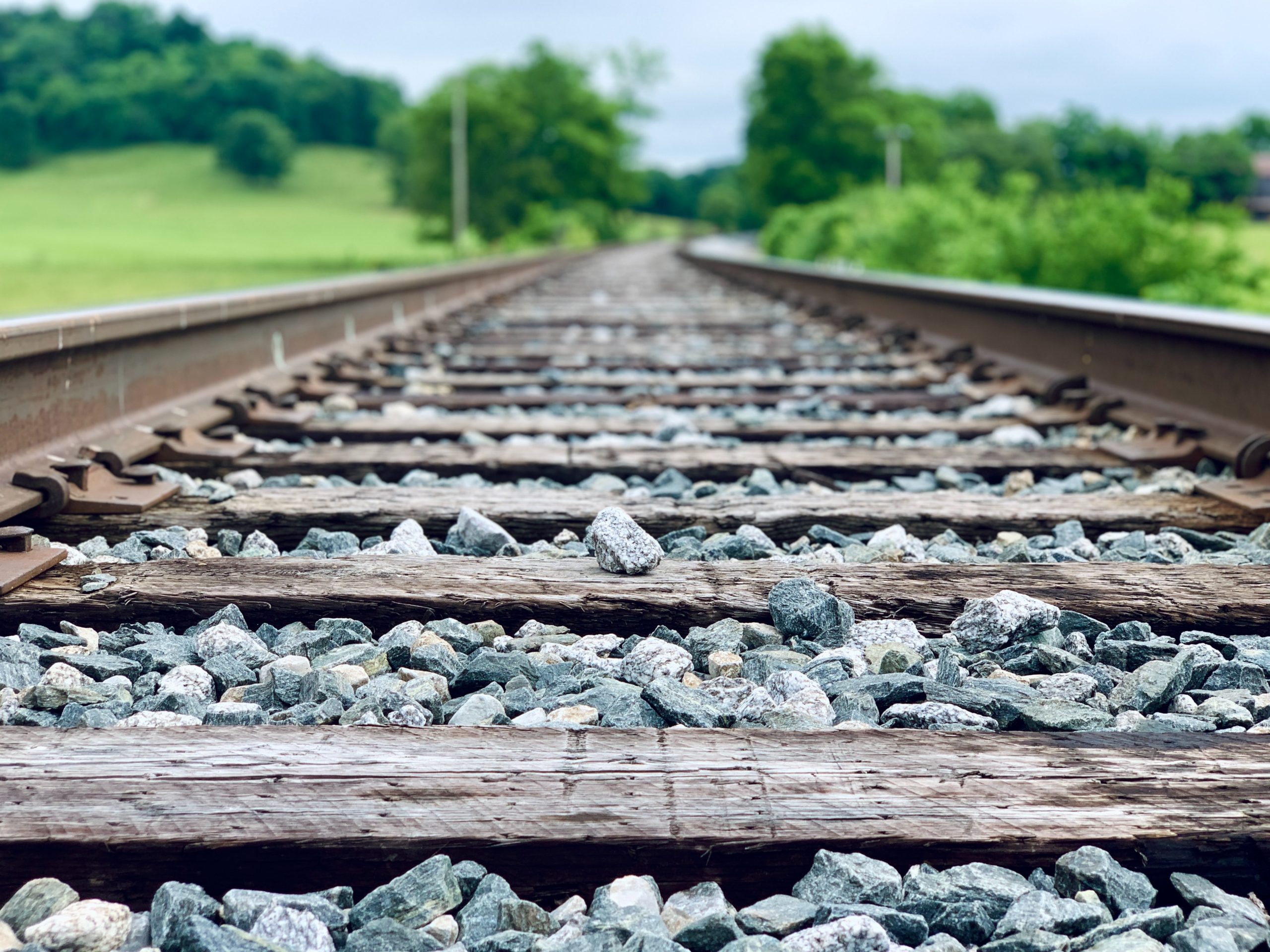- 5 April 2023
- 46
The Evolution of Railroads: A Visual Guide in Six Charts

Railroads have played a significant role in shaping the modern world, revolutionizing transportation, and facilitating trade and commerce across nations. While their impact has been widely recognized, their evolution over time may not be as well-known. In this visual guide, we take a look at six key charts that help tell the story of the evolution of railroads.
Chart 1: Growth of Railroads Worldwide Railroads were first invented in the early 19th century and have since spread across the world, connecting cities and nations. This chart shows the growth of railways worldwide from 1830 to the present day. While the number of railways grew rapidly in the early 20th century, it has since plateaued, with a total of over one million kilometers of railway currently in operation.
Chart 2: Impact of Railways on Economic Growth The construction of railways has been shown to have a significant positive impact on economic growth. This chart shows the relationship between railway investment and GDP per capita in various countries. It is clear that countries with higher levels of railway investment tend to have higher levels of economic growth.
Chart 3: Technological Advancements in Railways Over time, railways have evolved to become faster, more efficient, and safer. This chart shows the technological advancements in rail transportation, including the introduction of diesel and electric trains, high-speed rail, and the development of new signaling and safety systems.
Chart 4: Railway Accidents and Safety Railway accidents have been a concern since the inception of railways. This chart shows the number of railway accidents per year in various countries, as well as the number of fatalities and injuries resulting from those accidents. It is clear that there has been a significant improvement in railway safety over time, thanks to improved technologies and safety regulations.
Chart 5: Freight and Passenger Rail Transport Railways are used for both passenger and freight transport. This chart shows the relative importance of each type of transport in various countries. In some countries, such as the United States, freight transport is the primary use of railways, while in others, such as Japan, passenger transport dominates.
Chart 6: Railways and Climate Change Transportation is a significant contributor to greenhouse gas emissions, and railways have been identified as a more sustainable alternative to road and air transport. This chart shows the carbon dioxide emissions per passenger kilometer for various modes of transport. It is clear that railways are the most environmentally friendly mode of transportation, emitting significantly less carbon dioxide than other modes.
As railroads continue to evolve, their impact on the world will continue to be significant. By understanding their evolution and impact, we can better appreciate the role that railroads have played and continue to play in shaping our world.

